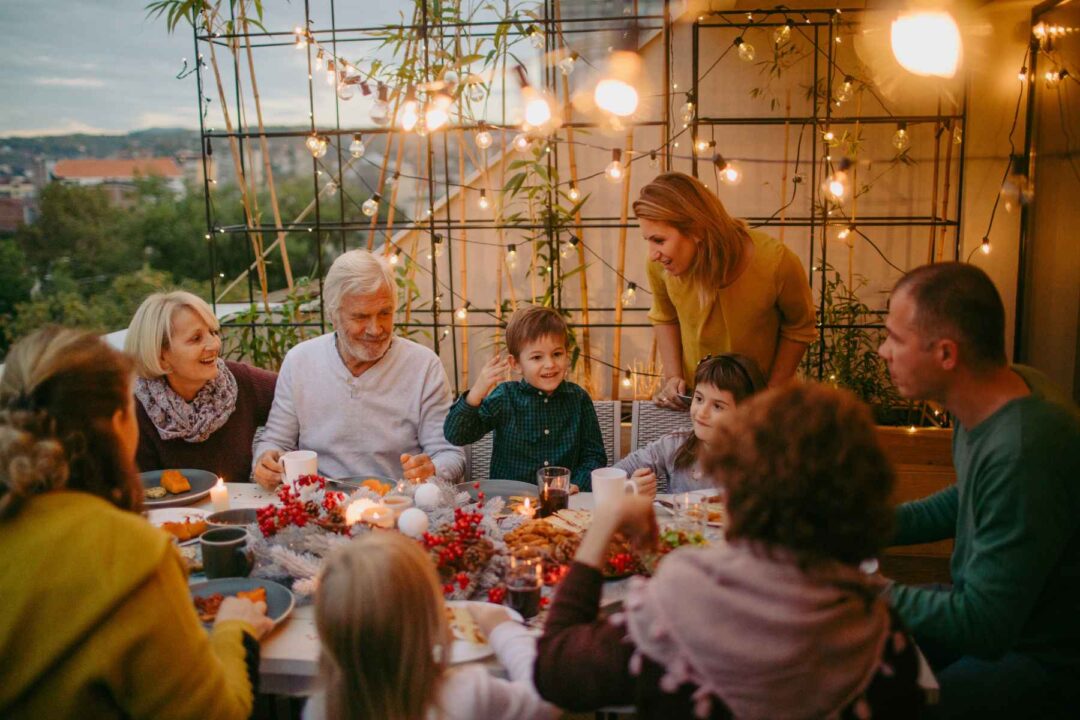Raising a traditional family is complicated enough on its own, and things can become even more complicated in the case of blended families. Blended families refer to families that have step-parents and/or step-siblings. As a bio-mom, managing everything in a blended family can be quite a struggle. There are several different challenges that’ll present themselves. Most women are left scratching their heads with the level of struggle that they encounter.
However, don’t worry, bio-mom, cause you’re not alone. Blended families are becoming an increasingly common occurrence, and the support groups for bio-moms are growing. While it is a struggle, it’s possible to make your life much easier as the bio-mom. We’re here to help guide you through the variety of issues you might face and reduce your struggle as a bio-mom in a blended family. Keep reading to find out more about how you can make your life easier.
The Challenges of a Bio-Mom
Before we got into how we can ease the bio-mom struggle, it’s important to look at the kinds of issues they might face. Without looking at the numerous issues in-depth, it’s quite difficult to provide solutions. So, here are some of the challenges that a bio-mom might face.
New Kids
As a parent, your natural instinct is to protect your children as much as possible. That’s where a conflict of interest might arise when the bio-mom remarries someone who has kids of their own. While it’s possible for the kids to get along, it’s common that it becomes an issue as well.
Children that become a part of a blended family have a lot going on. Sometimes it can be difficult for the bio-mom to settle in with the step-kids. It’s unfair to expect any child to be completely okay with the situation right away; it takes some time. However, even if the bio-mom struggles to connect with the kids after a significant period, it can indicate a greater issue.
If the children don’t get along with one another, it can make things even more difficult. It’s natural human instinct to put your kids first, which could lead to potentially unpleasant situations with the step-kids. If the new step-kids are acting out, it can be difficult for the bio-mom and her kids. Nothing matters more than the safety and well-being of your children.
The Stepdad
Suppose the bio-mom decides to remarry and has custody of the kids. In that case, a new challenge might be their relationship with the stepdad. It can take time for kids to warm up to their new stepdad, but things can get significantly more difficult for the bio-mom if there’s conflict.
In an argument between the kids and the stepdad, the bio-mom will feel compelled to side with her kids and offer them support. This can easily lead to arguments with the new partner and can even impact the relationship.
It’s important to discuss everything you’d expect from the partner as a stepdad and have an open discussion with the kids as well.
The other bio-mom
The challenges bio-mom faces aren’t just limited to the kids and the husband. On the other side of the fence is another bio-mom, which can become especially challenging if you don’t have a functional relationship with her.
Co-parenting is hard enough as it is, but co-parenting along with an ex-partner, makes things even more challenging. We’ve all seen those movies and dramas where the ex does everything she can to make the new woman’s life miserable. If you find yourself in one of those situations, it can be incredibly challenging.
A threatened bio-mom will rub off her attitude onto the kids as well. That can make developing a loving relationship with the new kids even more difficult.
There are so many challenges that bio-moms have to face; it can be incredibly stressful thinking about them. Now that we’ve discussed some of the challenges they encounter, we can discuss potential solutions. By implementing these solutions, you can effectively stop struggling as a bio-mom in a blended family.
How to stop your struggles and succeed in a blended family
While it might be difficult, it isn’t impossible to address the numerous challenges. Even if the situation seems dire, anything is possible with a little bit of compassion and effort. Here’s how bio moms can stop their struggles and succeed in a blended family.
Get the parenting in order
As a bio-mom starting a blended family, it’s important to understand that it can take between two to five years for a blended family to establish its dynamics. Naturally, things are going to be bumpy at the start. However, you can take a step forward and try to get to the top of things as soon as possible.
Our kids tend to be the most important parts of our lives, so you must sit down with your partner and define your expectations from each other as parents. Your partner may not be inclined towards disciplining their kids in the same style as you, and it’s important to hash out these differences and set expectations with each other.
Tell your partner how you want your kids to be treated and what role he needs to play. While it can be difficult to get everything going smoothly from the start, it’s important to have this discussion so you can help the family dynamics develop in a healthy manner.
Bonding together
Once the parenting side of things is in order, it’s a completely new task to bond together as a blended family. It takes time for stepfamilies to bond together and figure out the new dynamics of their household. The task is made more difficult when you take into consideration visitation and custody agreements.
As a bio-mom, it’s easy to take all the responsibility of the household on yourself. You can easily fall into this trap of blaming yourself for not being able to connect with the step-kids. In your attempts to improve your bond with step-kids, you might risk your own kids thinking you’re ignoring them!
It’s important to remember that you’re not going to get anywhere by forcing things. Something as simple as reading stories together at night or taking trips to the playground can help blended families bond effectively. It’s also important to develop return rituals because the kids might be spending a lot of time at different houses. By establishing these new rituals, you can show the step-kids that you’re not just someone that lives in the house; you’re their parent as well!
Above all, what’s important to remember is that the relationship between the adult partners matters the most in a blended family. Make sure that you connect with your partner as much as possible. That’ll give your kids more incentive to bond and spend time with their new step-parent. The stronger the relationship between the two adult partners, the easier it is to bond together as a family.
As a bio-mom, discuss all family matters with your partner. It’s a good idea to decide on some time in advance to discuss family issues. At every meeting, don’t start with an avalanche of issues. Take it one or two at a time. Also, after every meeting, set aside time where you and your partner can appreciate one another and bond.
Dealing with the past
A bio-mom in a blended family has to deal with a lot of stress because of the past. Whether it be your ex or your partner’s ex, things can quickly become a struggle if you’re not careful. In an ideal world, every household that kids visit would have the same rules and values as yours. However, that’s not the case, but there isn’t much that you can do about this.
Instead of embracing the conflict, you must try to harmonize with your ex or your partner’s ex. Communication is the most important tool, and in a way, all of you come together to form one big team. That’s why it’s important to learn to communicate as a team. Not only will you set a great example for your biological kids, but your step-kids will also bond with you more readily if you can have a harmonious relationship with previous exes.
Try to always be available to co-parents when they’re looking to call. That doesn’t mean drop everything and attend to them the minute they call, but keep your communication lines open. By finding peace in your relationships outside your house, you give yourself a greater chance of living in harmony with your blended family.
Conclusion
Being a bio-mom in a blended family can be a struggle. Having to juggle your previous relationship, new relationship, biological kids, and step kids is enough to overwhelm anyone. However, with the right amount of effort and communication, your struggles as a bio-mom will become a thing of the past. It might seem like tedious amounts of scheduling and communication. Still, it’ll all be worth it when your family life runs smoothly, and your struggles as bio-mom are over!










